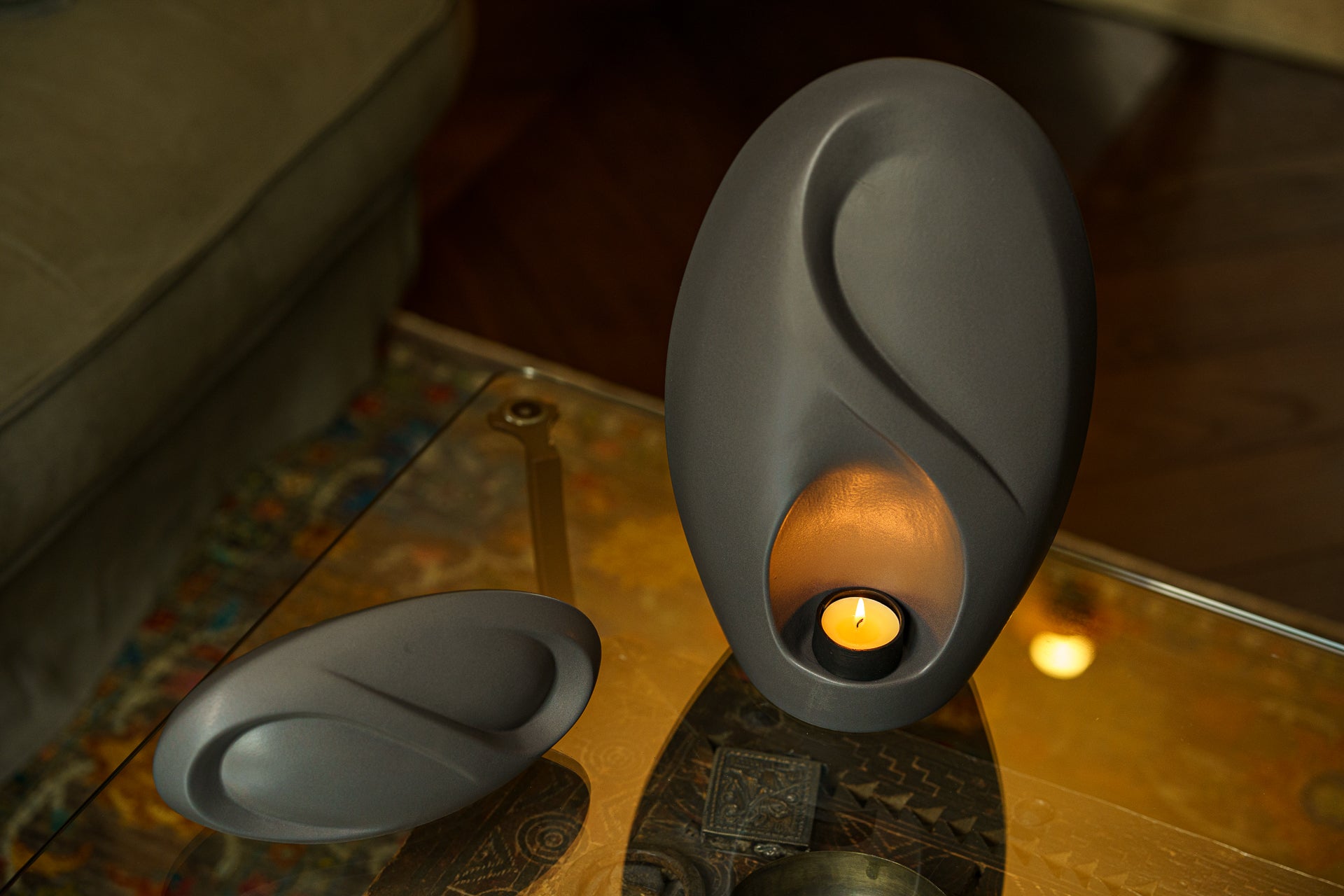Just a few decades ago, burial was the dominant funeral practice across most of the world. Cremation was once considered rare or even taboo in many cultures and religions. However, cremation has seen a sharp rise globally and is now the preferred option in many countries. In regions such as Japan, South Korea, Canada, and parts of Europe, cremation rates have surpassed 70%, and even countries with strong burial traditions are witnessing a steady shift. This growing trend is reshaping how societies around the world handle death, memorialisation, and the final resting place of loved ones—often with an urn for ashes at the centre of the ritual.
Religious and Cultural Shifts

Historically, cremation faced strong religious opposition in many parts of the world. Christianity, Islam, Judaism, and other major religions generally favoured burial due to beliefs in physical resurrection or traditions of ancestral graves. But in the past century, especially since the mid-20th century, major religious authorities have softened their stance. For example, the Vatican lifted its ban on cremation in 1963, allowing Catholics to be cremated as long as it’s not done in defiance of Church teachings.
Today, with an increasing number of people identifying as secular or non-religious, cremation has become more widely accepted. Additionally, many crematoriums are seen as religiously neutral spaces, which appeals to families of diverse or mixed beliefs. The urn for ashes has emerged as a flexible, culturally adaptable symbol of remembrance—used in both formal religious rituals and more modern, personalised farewells.
Space and Environmental Concerns

In urbanised and densely populated nations such as Japan, the Netherlands, and Singapore, land scarcity has driven cremation to become the default choice. Burial plots are increasingly expensive and often come with time limits, after which remains may be relocated. Cremation, by contrast, offers a more space-efficient solution. Keeping a loved one’s remains in an urn for ashes allows families to avoid long-term maintenance costs associated with gravesites.
Environmental awareness has also played a role. Traditional burials can involve embalming chemicals, non-biodegradable caskets, and significant land use. Although cremation also carries an environmental footprint due to emissions, it is often considered the more eco-friendly alternative—particularly with the rise of greener cremation technologies and biodegradable urns for ashes.
Economic Factors

Globally, the cost of funerals has risen significantly, making affordability a key concern for many families. Cremation typically costs significantly less than burial, especially in countries where land and cemetery services come at a premium. In North America, for example, cremation can be half the price of a traditional burial, with urns for ashes offering a wide range of options—from affordable containers to bespoke artistic memorials.
This financial practicality has contributed to the popularity of direct cremation, where the body is cremated without a traditional funeral service. Families can later choose to hold a personalised memorial, often in a more meaningful setting. This flexibility makes cremation—with the urn for ashes at its core—a more accessible and customisable choice for many.
Changing Lifestyles and Family Structures
Modern families are more geographically dispersed than ever before. The tradition of visiting a family gravesite has declined as people move for work, education, or lifestyle reasons. In contrast, storing a loved one’s remains in an urn for ashes allows families to keep their memory close, regardless of location.
Moreover, scattering ashes in a meaningful place—such as a favourite beach, mountain, or garden—has become a symbolic gesture embraced across cultures. It allows people to celebrate the life of the deceased rather than focus solely on mourning. The urn for ashes thus becomes not just a container, but part of a personal story—a symbol of memory, love, and continuity.
The Rise of Personalised Farewells
There’s been a significant cultural shift towards personalisation in funeral planning. Traditional services are increasingly being replaced or supplemented by ceremonies that reflect the individuality of the deceased. From music playlists and memory tables to custom-designed urns for ashes, families are now creating meaningful, one-of-a-kind goodbyes.
Cremation allows for greater creativity and flexibility than traditional burial. It enables families to choose how and where to keep or scatter the ashes—whether it’s in a decorative urn for ashes kept at home, buried in a memorial garden, or scattered at sea.
Conclusion
The global rise of cremation reflects deep shifts in culture, economics, religion, and the environment. With fewer ties to traditional graveyards and more emphasis on personal meaning, cremation—anchored by the symbolic urn for ashes—has become a practical, respectful, and increasingly preferred way for people around the world to honour their loved ones.
Whether for reasons of space, cost, flexibility, or belief, the urn for ashes is no longer just an alternative to burial—it's a central part of how we grieve, remember, and celebrate life in the modern era.



Share:
Urns — A Cult of the Individual or an Act of Tribute?
The Rising Trend of Cremation Jewelry and Memorial Keepsakes